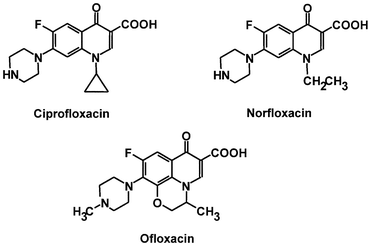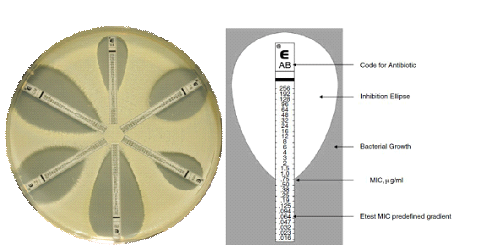EPIDEMIOLOGY OF MALARIA
Malaria is increasing at a worrying rate compared to the other blood and tissue parasitic infections. According to the World Health Organization (WHO), malaria accounts for one of the most causes of death due to infectious diseases worldwide, and the malady affects an estimated 350 million people around the globe with over a million people […]
EPIDEMIOLOGY OF MALARIA Read More »
Public Health & Parasitic Diseases (Parasitology)









